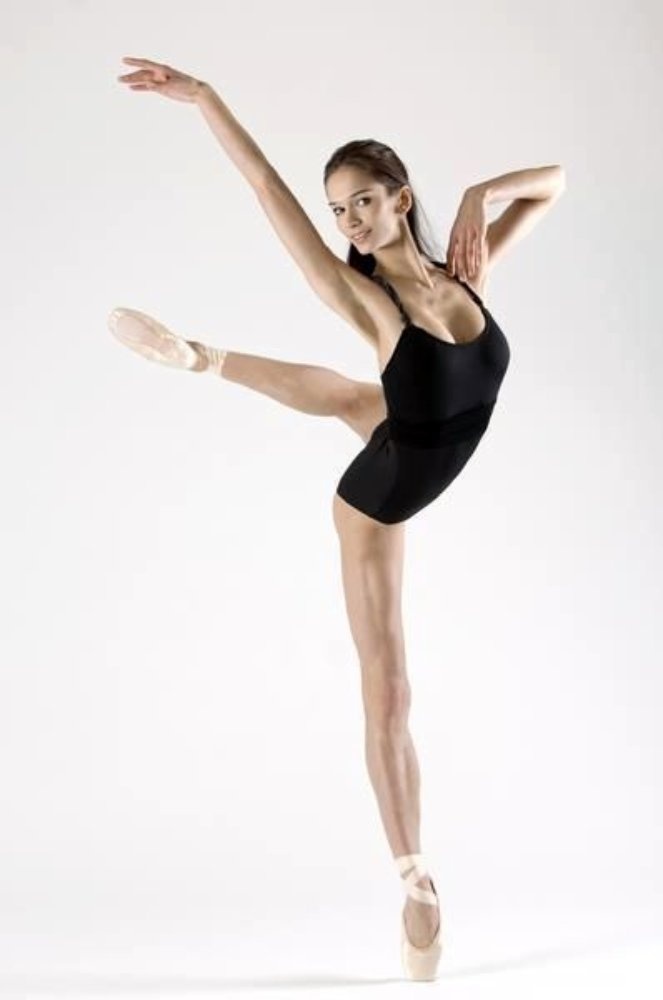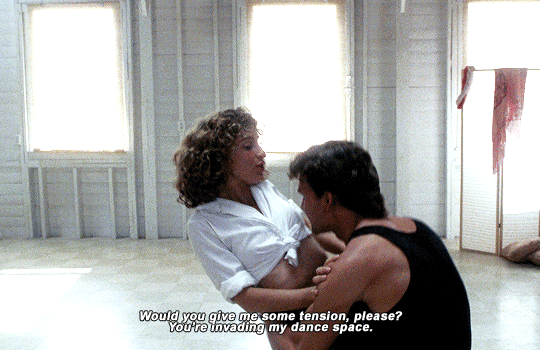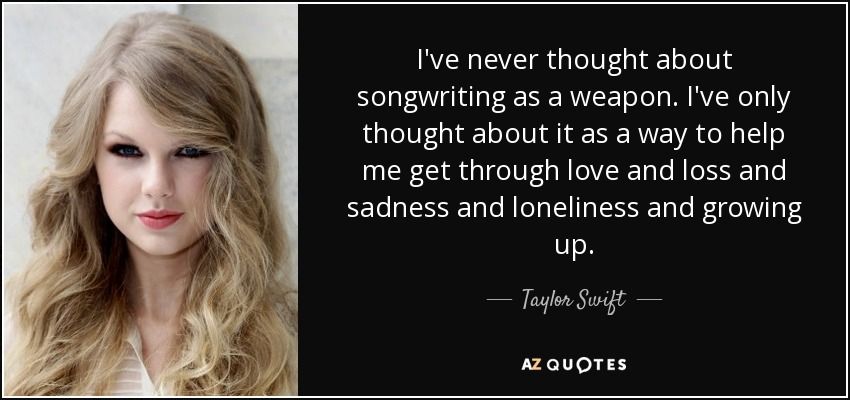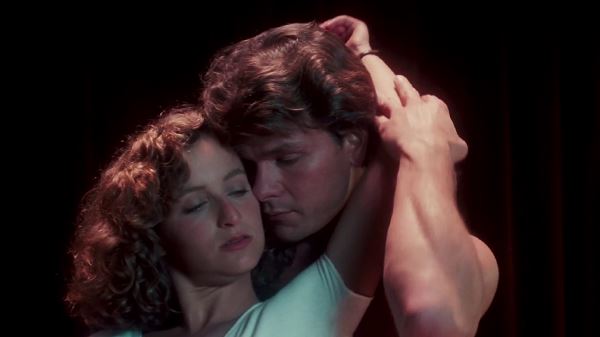How tall is the average ballet dancer
11 Examples Female & Male – Dance Gaily
Dancers that you see gracing the stage often look tall and poised. Their long lines are stunning. You may be wondering how tall the average ballet dancer is and if they are taller than the average person.
Female ballet dancers average about 167 cm or just under 5’5’’. This is around the average height of females in general. Male ballet dancers average around 5’8” to 5’10”.
Unfortunately, many ballet companies do discriminate against height, opting for average to above average height dancers with certain characteristics and proportions. However, dancers of many heights have successful careers in ballet.
How Tall is the Average Ballet Dancer?Female ballet dancers range in height. However, there is an average range of about 5’2” and 5’8’’, with the average being just under 5’5”. Male ballet dancers average in height around 5’8” to 5’10”, however less data is available for male dancers.
Typically dancers of different heights excel at different styles of movements and having a range can be beneficial. However, too much of a range can cause the company to look less similar when dancing in a large group, such as the corp de ballet.
One roadblock for shorter male dancers and taller female dancers is partnering. These individuals can run into difficulties when finding a partner that is the proper size for them. This can be a contributing factor to some companies having strict height ranges for hiring.
The Height of Famous Ballet DancersFamous Female Ballet Dancers’ Heights
- Misty Copeland, a principal dancer with American Ballet Theatre in New York, is 5’2”.
- Natalia Osipova, a principal dancer with The Royal Ballet in London, is 5’6”.
- Tiler Peck, a principal dancer with New York City Ballet, is 5’5”.
- Sylvie Guillem, often described as one of the greatest ballet dancers and known for her long lines, danced with the Royal Ballet and Paris Opera Ballet.
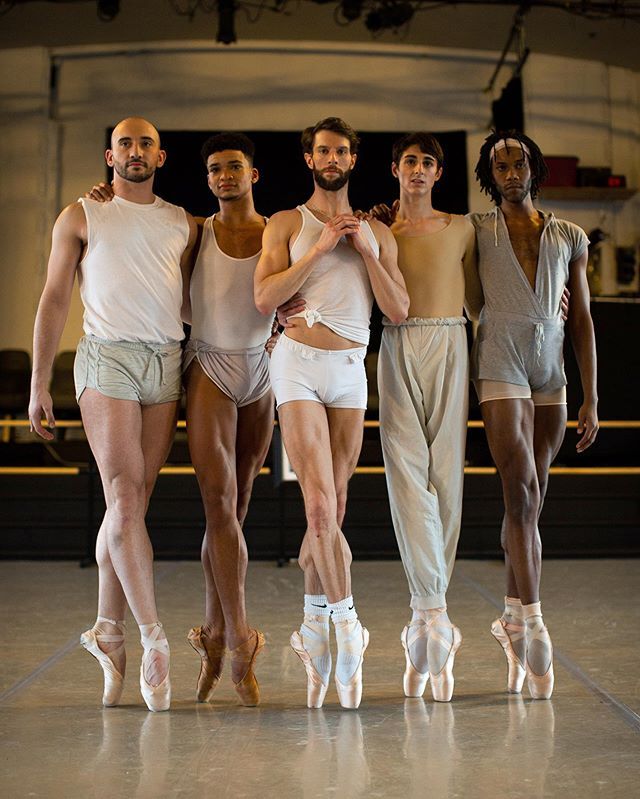 She measures 5’8”.
She measures 5’8”. - Isabella Boylston, a principal dancer with American Ballet Theatre, is 5’8”.
Famous Male Ballet Dancers’ Heights
- Robert Fairchild, a former principal dancer with New York City Ballet, is 5’10”.
- Rudolf Nureyev, widely regarded as one of the greatest male ballet dancers to ever live, measured 5’8”.
- Carlos Acosta, a former dancer with English National Ballet, Houston Ballet, The Royal Ballet, and American Ballet Theatre, is 6’3”.
- Daniil Simkin, a principal dancer with both Berlin State Ballet and American Ballet Theatre, is 5’9”.
- Mikhail Baryshnikov, a former principal dancer and later artistic director of American Ballet Theatre, is only 5’6”.
- The tallest professional ballet dancer, Fabrice Calmels of The Joffery Ballet in Chicago, measures just over 6’6”.
As you can see, successful dancers range in height greatly.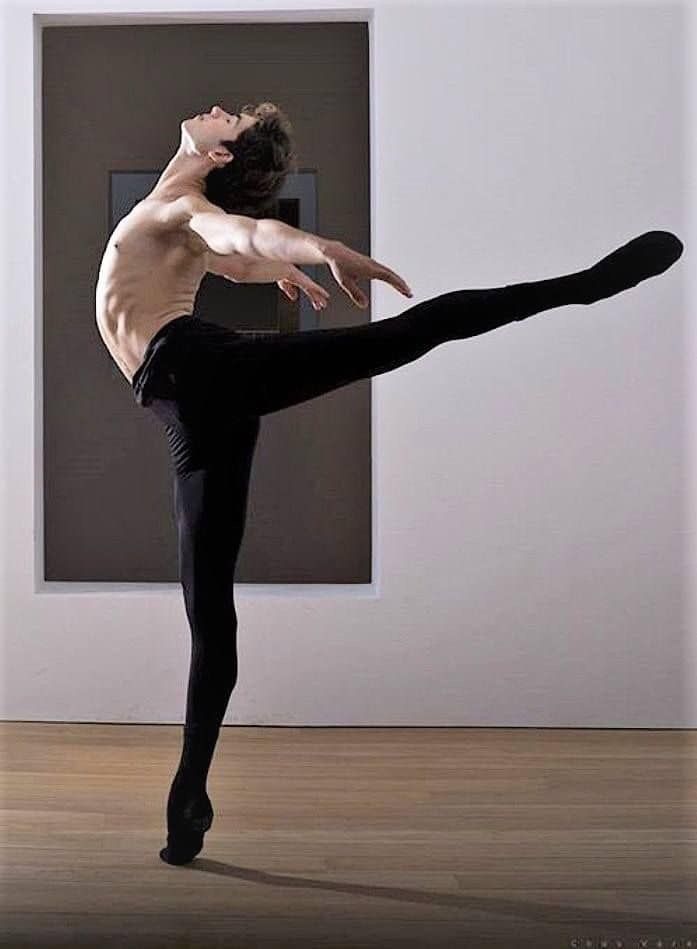 You can have a successful career in ballet regardless of your height. However, there is quite a bit of discrimination against height in the ballet world, which can sometimes hinder your chances.
You can have a successful career in ballet regardless of your height. However, there is quite a bit of discrimination against height in the ballet world, which can sometimes hinder your chances.
Many ballet companies have strict height requirements. Some companies only hire male dancers that are 5’9” or taller for partnering purposes and others have a maximum height as well for continuity. A lot of companies have a range of heights for female dancers that is around 5’5” to 5’8”.
Companies also discriminate against body shape, proportions, and weight. This can be separately or in conjunction with the height factor. Their reasoning is often for aesthetic purposes on the stage.
In reality, taller dancers have long beautiful lines, excelling in adagios. They also make better male partners, and look larger and more commanding on stage. However, shorter dancers are fantastic at quick footwork, petit allegro, jumping, and turning. They also make better female partners.
They also make better female partners.
A company needs a range of height in their dancers to be able to have a more balanced skill base. However, they want their dancers to all look similar on stage. There are pros and cons to both from the standpoint of the company, but more opportunities for different heights of dancers is always better for the dancers.
While there is a pretty small range of heights that are commonly seen in the professional ballet world, there are some dance companies that actually look for taller dancers, for example, such as Alonzo King LINES Ballet in San Francisco.
LINES looks for taller dancers, who often have a harder time finding a job or are fired due to their height. Both Adji Cissoko and Madeline Deveries, dancers with LINES, are 5’10”, which is tall for a female ballet dancer. Deveries has expressed how hard it was to find a job as a tall dancer.
Why do Dancers Look So Tall On Stage?Dancers often look much taller on stage than they do in person.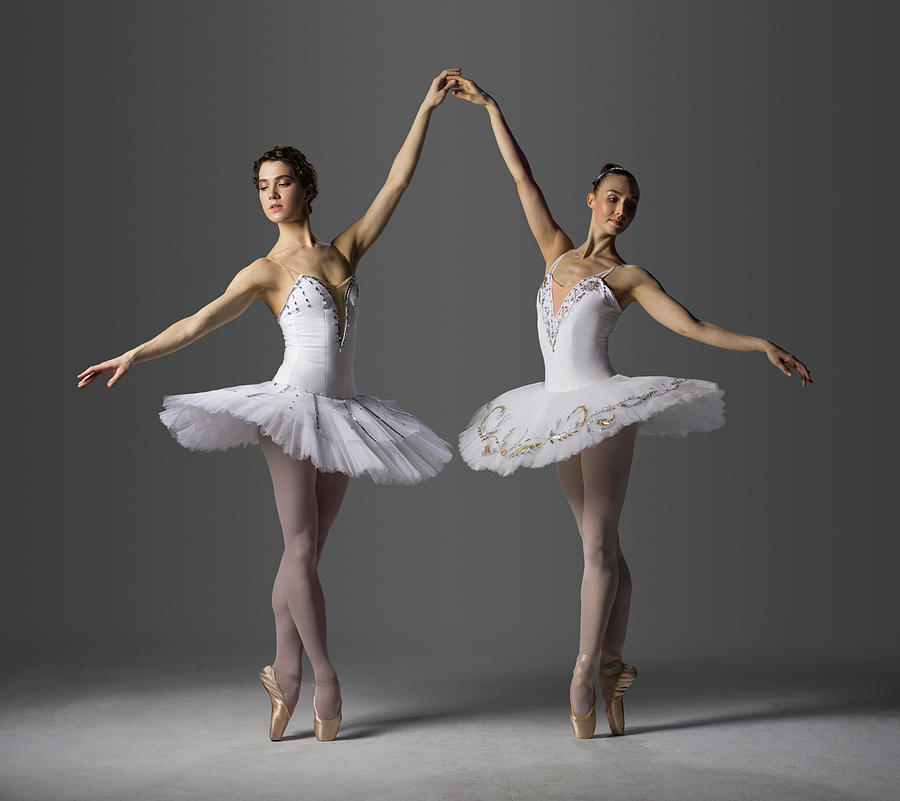 In fact, many people are shocked to find out their favorite dancer is shorter than them or similar to them in height. It is common for dancers to look tall on stage, thus the misconception that ballet dancers are really tall.
In fact, many people are shocked to find out their favorite dancer is shorter than them or similar to them in height. It is common for dancers to look tall on stage, thus the misconception that ballet dancers are really tall.
In female dancers, this is partly due to pointe shoes. Pointe shoes make you quite a bit taller, which can skew height perception, especially from a distance.
In both male and female dancers, stage presence plays into this height perception. Dancers purposely make their movements wide and tall, commanding the stage. Their high jumps, long extensions, and lively stage presence makes them appear much taller than they are off stage.
How to Embrace Your Height in BalletDancers of any height can learn to embrace their natural height and lean into their strengths. There isn’t a height that is impossible. It might be harder to find a job as a ballet dancer who is significantly taller or shorter than average, but it’s never impossible, especially if you have learned to use your height to your advantage.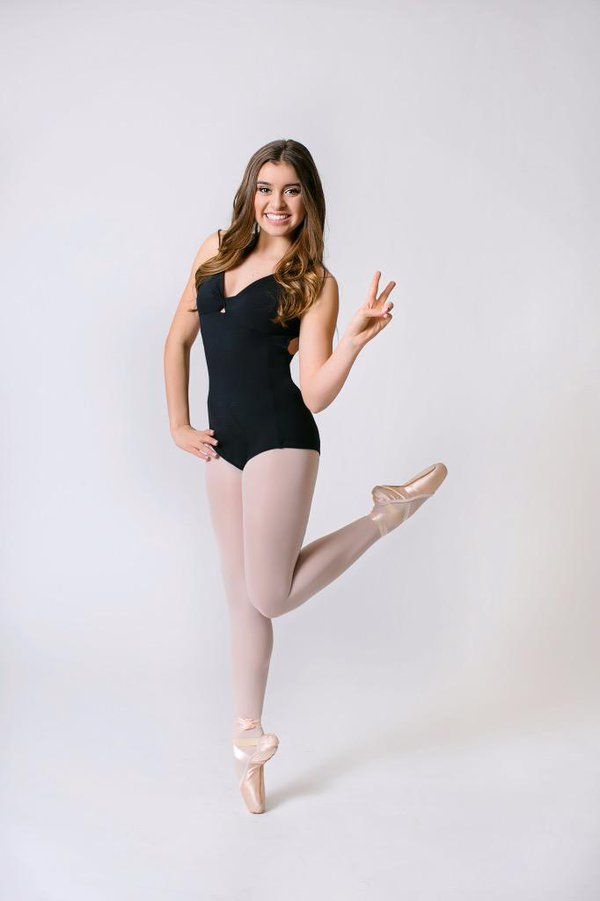
Taller dancers are typically better at slower choreography with lots of extensions and long lines. This means that improving strength and balance can be key to excelling as a taller dancer. Strengthening your core, working on your balance, and paying extra attention to your alignment and positions can push you ahead.
Shorter dancers are usually better with faster choreography, jumps, and intricate footwork. Making sure to take extra care of your muscles and improving the strength in your legs can help make you even better with quick jumps. Another thing to work on is lengthening transitions to fill up more of the stage.
No matter what, hard work always pays off. Embracing your height is all you can do. Don’t try to shrink your tall body or give up because you’re too short. There is always room for improvement and companies are only becoming more accepting of height differences over time.
Remember, there are successful dancers of all shapes and sizes. While many dancers do face discrimination, you can still be a beautiful and successful dancer if you put your mind to it.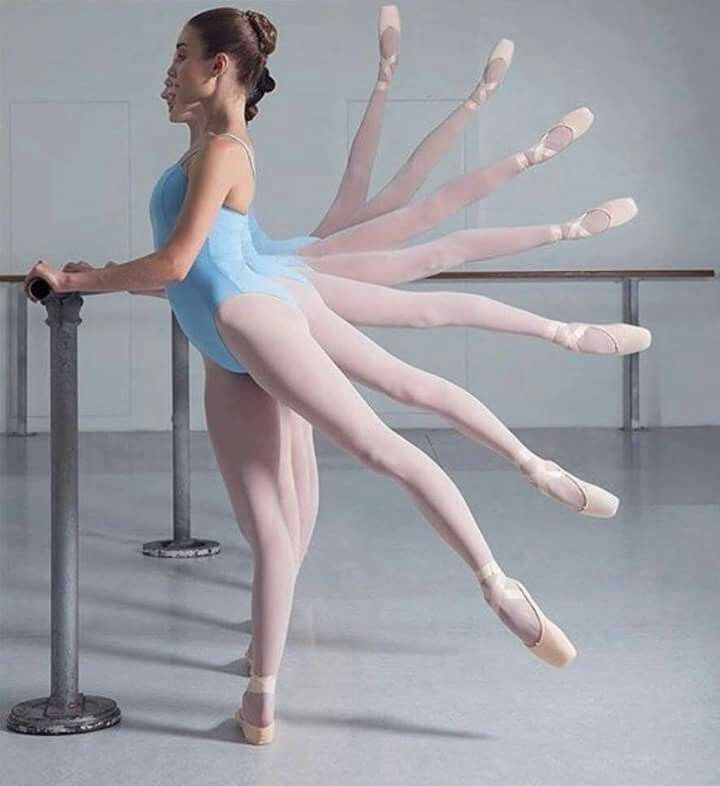 Embrace your height and keep working hard.
Embrace your height and keep working hard.
Dancers always appear taller on stage than in real life. This is due to pointe shoes, stage presence, and years of practice. While there are professional dancers of a variety of different heights, the average female dancer is around 5’5” and the male average is around 5’9”.
Ballet dancers do face discrimination in company selections and even at their home studios. Dancers need to realize that their height makes them unique, not unable to have a career or dance full-time.
No matter your height, dancing is a beautiful and athletic activity. There are dancers of all heights that have or have had successful careers in ballet. Never let your height stop you from pursuing ballet or another style of dancer.
The Ideal Ballet Body - Dance Informa Magazine
By Brian Nolan.
GRD DIP, GRD CRT, BA, DIP, RAD TC.
In the world of classical ballet, our instrument is our physique, which is infinitely complicated, astonishingly diverse, extraordinarily functional, artistically imposing and at the very least – aesthetically pleasing. If we are lucky, work hard, are conscientious with our training and everything falls into place our instrument can then become our servant.
If we are lucky, work hard, are conscientious with our training and everything falls into place our instrument can then become our servant.
As dancers, we become very aware of what our body looks like. At each class or rehearsal we attend, we generally wear tight fitting clothes, dance enthusiastically in front of mirrors and are constantly comparing ourselves with others in the room. A dancer has to look at themselves for many hours in a day and/or accumulative in a week and as a result, we become very conscious of our shape.
Do I have to be short?
The origin of classical dance came from King Louis XIV, but the origin of the classical figure or body type is said to come from a young dancer by the name of Marie Camargo who in the eighteenth century became a prominent figure in the theatre. She was said to be light-footed, very artistic with an assured technique, and most notably shorter than all of the male dancers on the stage. As Camargo became famous, every aspiring female dancer wanted to perform in the same company as she.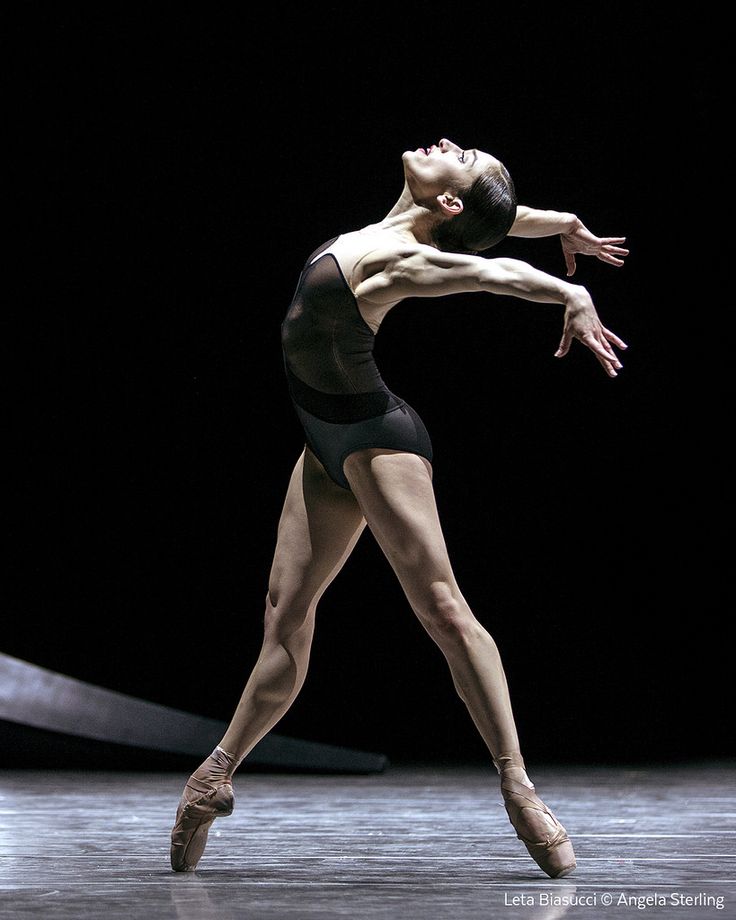 Before her debut on the stage, ballet dancers of that era were not conventionally small, but, due to her popularity, the new figure became mandatory to succeed in the world of ballet. Thus, the 5’ 5” (165 cm) dancer emerged and soon it was the standard for all for decades. Sadly, as girls reached 5’5” their dreams would be shattered at the realization that they would never be the next Camargo. The company, aware of her extraordinary ability and popularity soon refused any new dancers who were taller than its star performer. Luckily for the taller dancers of today, this height restriction is no longer adhered to by most companies.
Before her debut on the stage, ballet dancers of that era were not conventionally small, but, due to her popularity, the new figure became mandatory to succeed in the world of ballet. Thus, the 5’ 5” (165 cm) dancer emerged and soon it was the standard for all for decades. Sadly, as girls reached 5’5” their dreams would be shattered at the realization that they would never be the next Camargo. The company, aware of her extraordinary ability and popularity soon refused any new dancers who were taller than its star performer. Luckily for the taller dancers of today, this height restriction is no longer adhered to by most companies.
So what is the ideal female ballet body today?
Most experts concur that your body’s proportions are critical to having the ideal physique for dance. Apart from the aesthetic consideration, a well-proportioned body should endure the stresses and strains of the workload required of it with greater ease than one in which there is some contradiction. In reviewing the physique, we are examining the dancer who is hoping to enter a training institute of higher learning at an elite level or is aspiring to be a professional.
In reviewing the physique, we are examining the dancer who is hoping to enter a training institute of higher learning at an elite level or is aspiring to be a professional.
In reality, the ideal physique for a female classical dancer is slim, with a long neck, a shortish to medium length torso, long legs with complimentary long arms and high insteps.
The height requirements of dancers are really designated by the ballet companies hiring. Most ballet company’s average height for a female is approximately 167cm. However, in Europe some companies require females to be no taller than the traditional 165cm, while others have a minimum height of 173cm. One company I know has their lead female principal dancer at a height of 184 cm!
An elite school will in general try to adhere to a standard body type, with the ideal physique for the female classical dancer generally shaped by the requirements of the ballet company attached to it or by companies relative to that region, area or country and/or simply by the height of the male dancers available.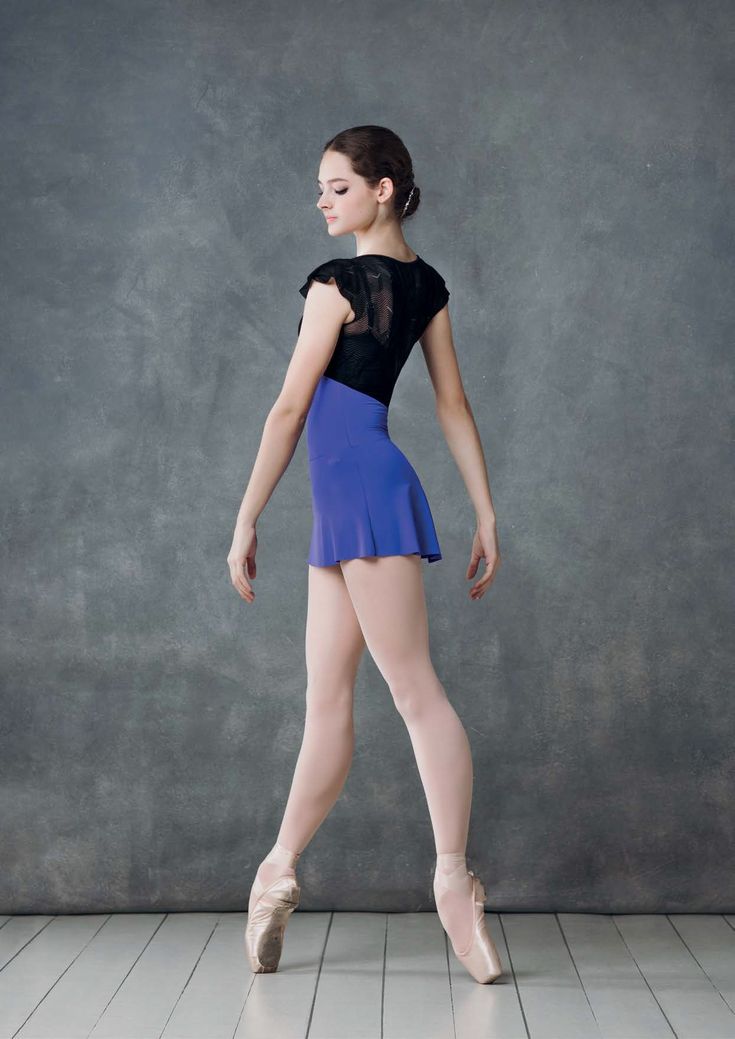
It is important to recognize that in the professional arena a mature dancer’s physique does not necessarily have to be (and probably won’t be) the same as the physique of a student in training. What might be acceptable to a ballet company might not necessarily be acceptable to an elite or national school. Companies want talent and talent comes in all shapes and sizes. Few companies will turn down an exceptionally talented dancer just because their torso is a bit long or their legs are a bit short, they might not have the best feet, or they are too tall or a little short – if they are truly talented, they are seriously considered.
Do I need to be thin?
At an elite level, slim is better than thin. Genetics play the biggest role in determining one’s physical shape. The size and shape of your parents determines the outcome of the female form. Puberty is the main contributor to the eventual physique of young girls. A girl can have a lovely physique at 11 or 12, go through puberty and sadly develop a less than ideal shape required of them to continue to the elite level.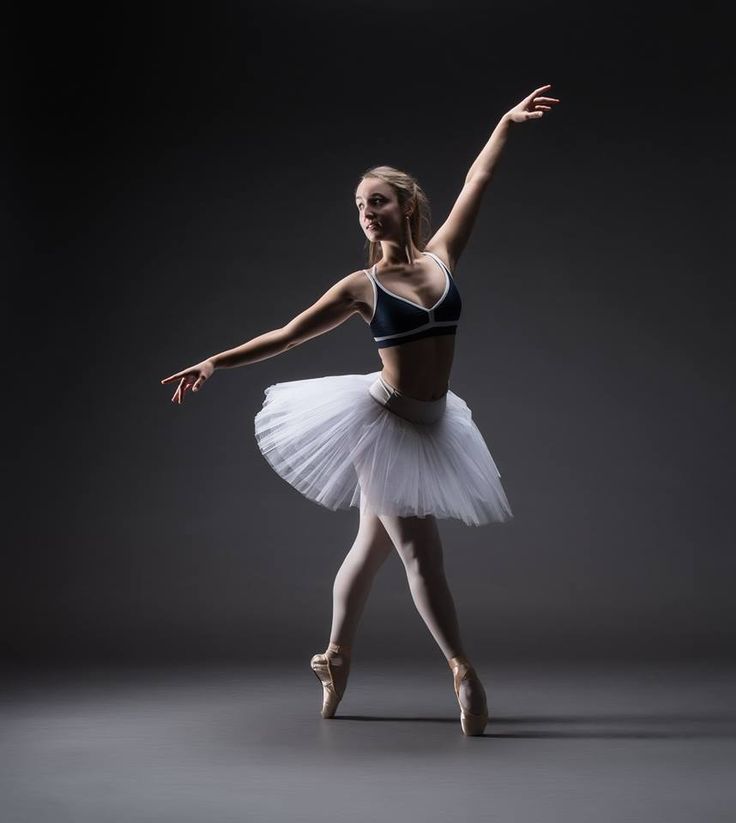 Some might simply have an odd shape until around 17 or so, and then mature into a perfectly acceptable dancer’s physique – so don’t give up if you are not the idyllic type! If you do not conform to the normal standards, remember that it is one thing to have the ideal physique, but unless its facility is qualitative, it is of little use – so in most cases talent prevails!
Some might simply have an odd shape until around 17 or so, and then mature into a perfectly acceptable dancer’s physique – so don’t give up if you are not the idyllic type! If you do not conform to the normal standards, remember that it is one thing to have the ideal physique, but unless its facility is qualitative, it is of little use – so in most cases talent prevails!
In general, during the intense training stage (12 -17 and especially 14 – 17) it is important for girls (regardless of the shape) to be ‘slight’, and the main reason for this is due to the opposite gender – the boys. At this level, pas de deux classes are imperative to the training of all classical dancers. Lifting is an essential part of class work, however, it only takes seconds for a lift to go wrong and for young male dancers to injure their backs. If the males are not strong enough to fully support the weight they are lifting they will generally hyper-extend their backs and possible chronic injuries to the lumbar thoracic and middle thoracic areas of the back can occur.
Adam Bull and Amber Scott in Swan Lake. Photo Jim McFarlane
Pointe for girls is what pas de deux is for boys. Today, without good strong and aesthetically pleasing feet en pointe, girls have little chance of entering the pure classical arena. Boys on the other hand, need to be strong and physically capable of lifting girls with consummate ease and with little or no strain on their body during the execution. As males generally mature at a later stage than girls do, girls need to be ideally slim or light so the demands on the boys’ bodies during lifts aren’t too great. The girls (in general) also need to be shorter than the boys due to their increase in height en pointe.
A prime example of this is talented Australian Ballet Principal Dancer Adam Bull (who trained under me from 6 to 17 years of age). At 17 he was about 175 cm tall, he was thinner than most the girls in his class and lighter than 70% of them. So lifting in pas de deux (even though he had a gym-strengthening program) was very difficult as physically he was just too immature.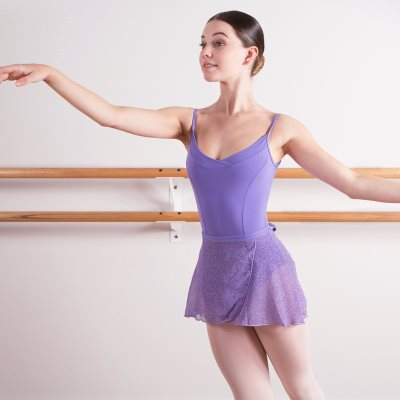 Adam also has a very flexible back and the probability for him to hyper-extend it while lifting was imminent. As I had studied Human Movement, I was very conscientious of his development and, along with other boys similar to him, I was very selective with who he was allowed to lift and what lifts he was allowed to do. As a result, Adam was never injured in the entire 11 years I trained him. Further to this, within the next two years he grew to a staggering 195 cm (6’ 4”) in height and it was not until he was into his twenties that he ‘grew’ into his body!
Adam also has a very flexible back and the probability for him to hyper-extend it while lifting was imminent. As I had studied Human Movement, I was very conscientious of his development and, along with other boys similar to him, I was very selective with who he was allowed to lift and what lifts he was allowed to do. As a result, Adam was never injured in the entire 11 years I trained him. Further to this, within the next two years he grew to a staggering 195 cm (6’ 4”) in height and it was not until he was into his twenties that he ‘grew’ into his body!
Of course there will always be exceptions to this and some male dancers at 17 or 18 are fully developed and their bodies (provided they’ve had correct pas de deux training) are more than capable of lifting fuller bodied partners.
Any teacher who is not experienced in pas de deux and/or is not aware of the physical requirements of boys should not ‘experiment’ in lifting just because it might potentially look good.
Most companies will have a standardized physique from which they will try to be consistent.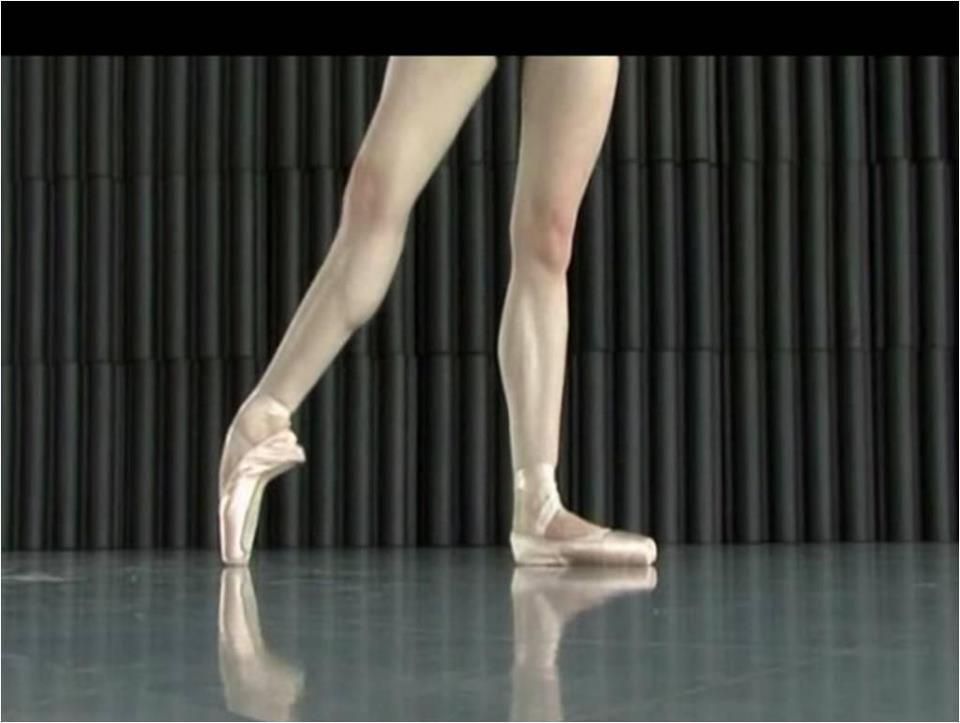 Corps de ballet members need to be very similar in height and shape, as with the traditional classical ballets, a company will have the corps appearing to be the same. There may be a variance in heights within the one company but in general they would still maintain a commonality with the group and henceforth a standard physique is required.
Corps de ballet members need to be very similar in height and shape, as with the traditional classical ballets, a company will have the corps appearing to be the same. There may be a variance in heights within the one company but in general they would still maintain a commonality with the group and henceforth a standard physique is required.
Even though the training physique ideally needs to conform to the standards as previously stated, the professional dancer really can come in all shape and sizes – short, tall, wide, narrow, buxom, large hips, or long torso. What is important at this level is their ability as dancers. The males at a professional level should all generally be strong enough to adhere to all the rigors required of lifting.
Related Items:ballet, ballet body, classical ballet, dance, Dance Informa, dance magazine, dancer body, dancer’s physique, http://www.danceinforma.com
Can a ballerina be tall?
#1
#2
#3
#4
Guest
. Are there ballerinas of high stature or small stature - a mandatory requirement for a ballerina?
Are there ballerinas of high stature or small stature - a mandatory requirement for a ballerina?
#5
Guest
I want to send my 3-year-old daughter to ballet. my husband is quite tall: I am 173 cm, my husband is 184-185 cm, that is, our daughter, most likely, will also not be small, and even now she is much taller than her peers. Are there ballerinas of high stature or small stature - a must for a ballerina?
#6
Guest
Where are you tall? You are of average height. Give.
#7
Gray Wolf
Volochkova's excessive height is one of the reasons why her ballet career did not work out.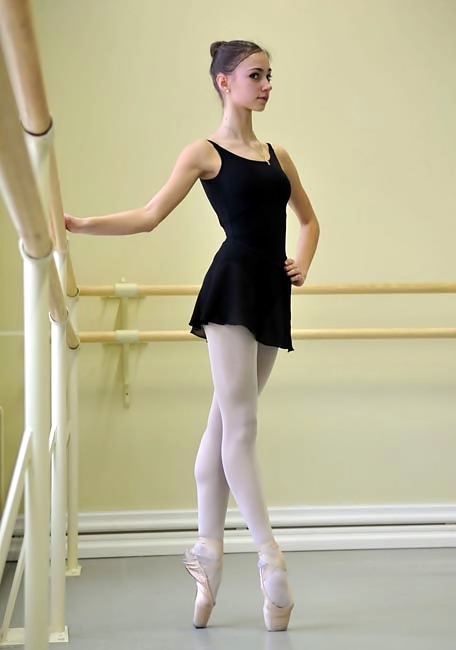 The point is not that the ballerina should look harmoniously against the background of the partner, the point is that the partner must also lift her, and not drop her too often. It is difficult to carry a giraffe in your arms.
The point is not that the ballerina should look harmoniously against the background of the partner, the point is that the partner must also lift her, and not drop her too often. It is difficult to carry a giraffe in your arms.
#8
#9
Queen Are you quite tall??? Average height that you that the husband. In general, read the reverse side of this profession. When you. Have you ever seen how creepy the ballerina's legs are??
#10
#11
10 8000004
#12
#13
Andria
Author, well, first of all, three years is VERY early for ballet, let the child calmly enjoy non-childhood.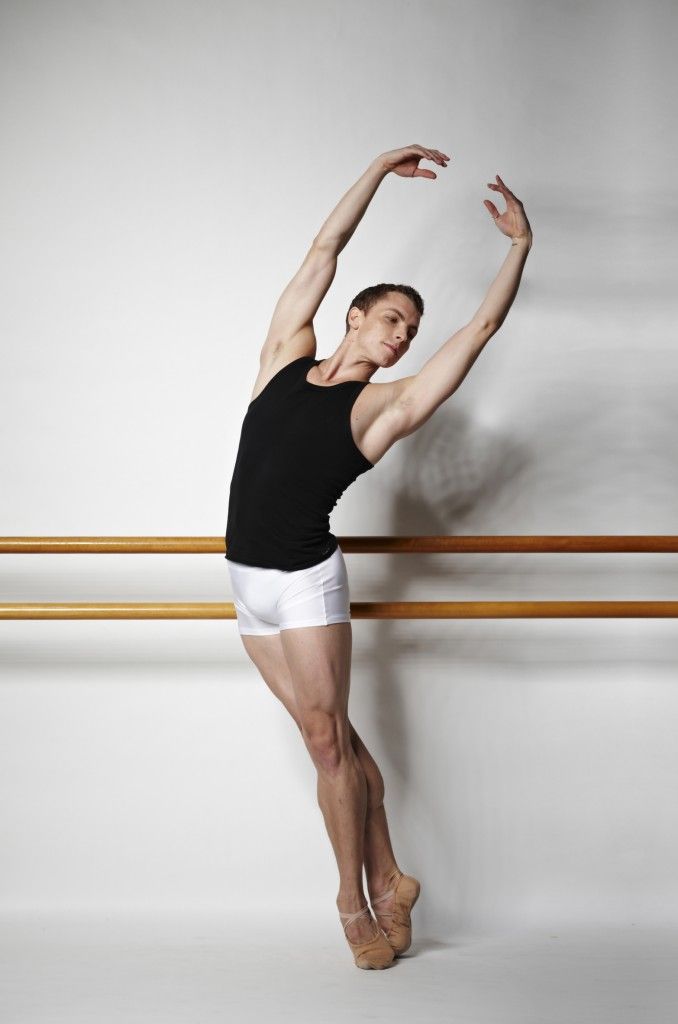 live in the classroom, satisfying your ambitions. And secondly, what does it mean - "we decided to give it to the ballet"? - What is your daughter, VPM, a toy? Maybe all the same, give a PERSON (and, alas, oh, children are not the property of parents and not dolls, but people) to decide for himself what to do and what to get involved in.
live in the classroom, satisfying your ambitions. And secondly, what does it mean - "we decided to give it to the ballet"? - What is your daughter, VPM, a toy? Maybe all the same, give a PERSON (and, alas, oh, children are not the property of parents and not dolls, but people) to decide for himself what to do and what to get involved in.
#14
#15
Well, they are given the early 3-4 years. 7-8 years old, when she herself decides what she wants to do, they won’t accept her anymore. And since women on their father’s side are inclined to be overweight, my daughter needs dancing or sports. I don’t want her to cry at the age of 13-15 from the fact that she is fat, and everyone teases her, and the boys do not want to meet her.
#16
Guest
they won’t accept them.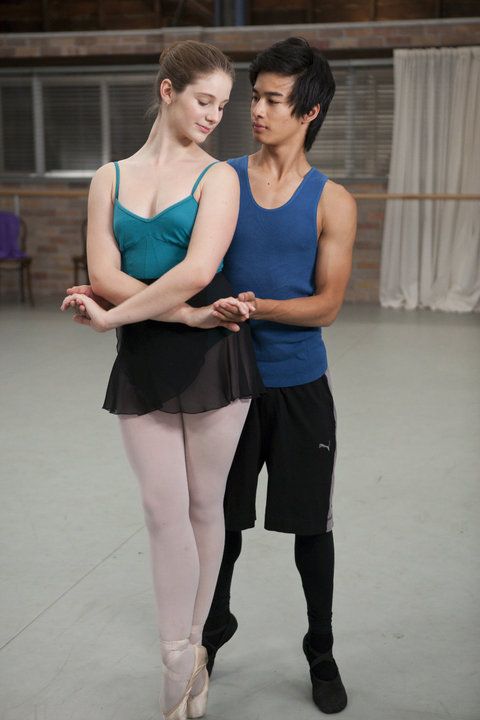 And since women tend to be overweight on their father’s side, my daughter needs dancing or sports. I don’t want her to cry at the age of 13-15 because she is fat, and everyone teases her, and the boys don’t want meet her.
And since women tend to be overweight on their father’s side, my daughter needs dancing or sports. I don’t want her to cry at the age of 13-15 because she is fat, and everyone teases her, and the boys don’t want meet her.
#17
Queen
]When are you. Have you ever seen how creepy the ballerina's legs are??
Yes, injuries are not ruled out in this case, but it's about getting a child to start doing this type of dance, and not about whether to build a career as a ballerina or choose something else.
Author, don't even think about height) Ballet is great for the soul and figure, and it's better to do it from childhood.. I studied in childhood, then my parents decided that school was more important. I regret a little that I quit then, but on the other hand, there is an opportunity to do it now, but only for myself)
#18
Guest
Ballerinas have beautiful chiseled legs with a high instep.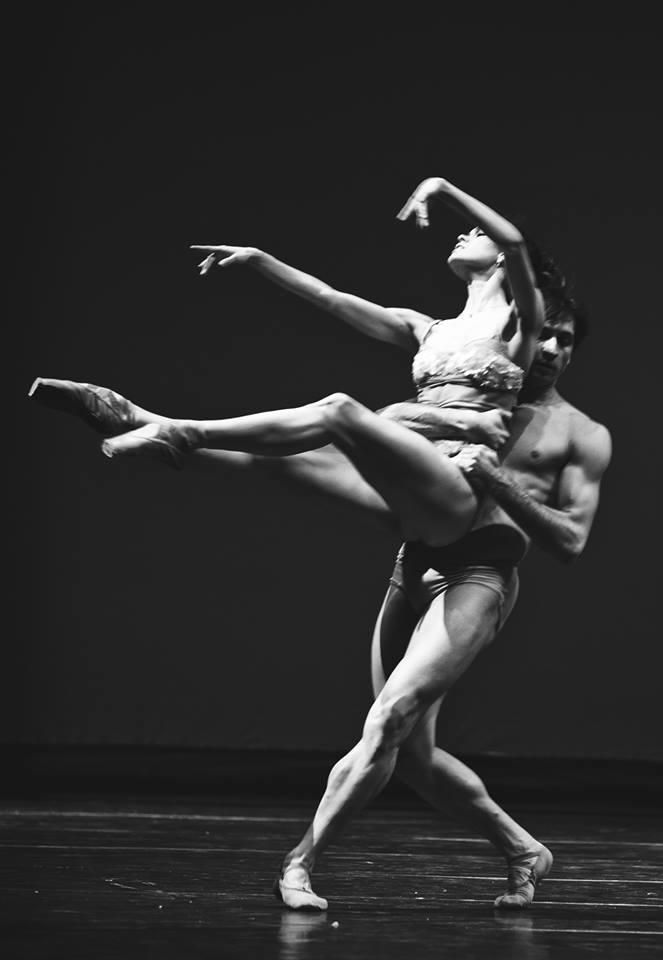 You and many others can only dream of such. I'm not talking about posture and the ability to present oneself..
You and many others can only dream of such. I'm not talking about posture and the ability to present oneself..
Yes, injuries are possible in this case, but it's about getting a child to start doing this type of dance, and not about whether to build a career as a ballerina or choose something more.
Author, don't even think about height) Ballet is great for the soul and figure, and it's better to do it from childhood.. I studied in childhood, then my parents decided that school was more important. I regret a little that I quit then, but on the other hand, there is an opportunity to do it now, but only for myself)
#19
#20
136969.html
#21
Guest
Against the background of other people, we are quite tall, the average height of women in Russia is 164 cm, men is 174 cm
You have -
growth, and not high, correctly everything was written above by other speakers.
#22
Guest
Against the background of other people, we are quite tall, the average height of women in Russia is 164 cm, men - 174 cm
And 170 is a normal height for ballet.
What do you want to donate for? For posture and general development, or for a professional future?
Woman.ru experts
-
Letosheva Tati
Expert in Eastern practices
4 responses
-
Galimov Ildar
Family psychologist
154 answers
-
Irina Gudkina
Psychologist
11 responses
-
Sergey Veksler
Psychologist
17 answers
-
Maria Burlakova
Psychologist
142 responses
-
Alla Buraya
Psychologist
53 answers
-
Mikhail Vaskovsky
Lawyer
6 responses
-
Ekaterina Nesterenko
Psychologist
23 answers
-
Vera Vladimirovna Zolotykh
Psychologist
144 responses
-
Maxim Sorokin
Practicing psychologist
674 answers
#23
It doesn't change the fact that 164 is short.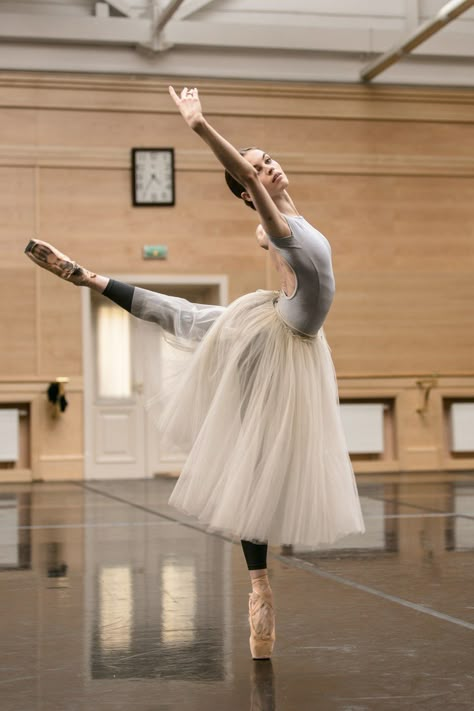 From these statistics it follows that most of our women are short, not of average height. If there were a majority of women with a height of 180, would they also be considered medium height, and not high, or what? What nonsense. "Average" or "high" growth is determined not by statistics - but by specific figures. And the statistics reflect the prevalence of a particular figure of growth. You have strange logic.
From these statistics it follows that most of our women are short, not of average height. If there were a majority of women with a height of 180, would they also be considered medium height, and not high, or what? What nonsense. "Average" or "high" growth is determined not by statistics - but by specific figures. And the statistics reflect the prevalence of a particular figure of growth. You have strange logic.
You are of average height, not tall, other speakers have written everything correctly above. 18 January 2014 When your height is 190, and your husband is even higher.
A 170 is a normal height for a ballet.
What do you want to donate for? For posture and general development, or for a professional future?
#25
Scotty
"Later at the Bolshoi it was considered that Anastasia Volochkova was unsuitable for her profession: the management of the troupe considered that she had a large height and weight.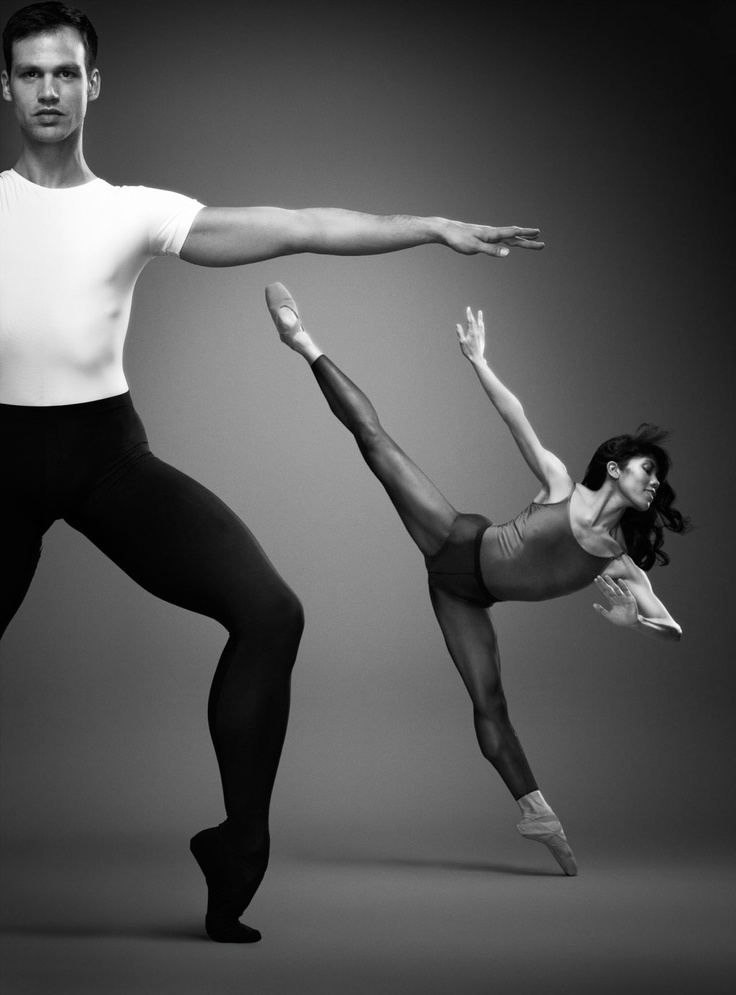 It turned out that Volochkova's height is 171 centimeters, and her weight varies from 50 to 55 kilograms (for comparison - Maya Plisetskaya's height is 167 centimeters, weight is from 49 to 58 kilograms).The troupe said that it would be better "Volochkova went to swimmers"?. Having tried to find protection in court, although in the end the court took the side of the plaintiff Volochkova, as a result of litigation she left the troupe."
It turned out that Volochkova's height is 171 centimeters, and her weight varies from 50 to 55 kilograms (for comparison - Maya Plisetskaya's height is 167 centimeters, weight is from 49 to 58 kilograms).The troupe said that it would be better "Volochkova went to swimmers"?. Having tried to find protection in court, although in the end the court took the side of the plaintiff Volochkova, as a result of litigation she left the troupe."
#26
It doesn't change the fact that 164 is short. From these statistics it follows that most of our women are short, not of average height. If there were a majority of women with a height of 180, would they also be considered medium height, and not high, or what? What nonsense. "Average" or "high" growth is determined not by statistics - but by specific figures. And the statistics reflect the prevalence of a particular figure of growth. You have strange logic.
You have strange logic.
You are of average height, not tall, other speakers have written everything correctly above.
Invented stories
-
I am infuriated by my husband with his children and grandchildren ...
579 answers
-
The man immediately warned that all property was recorded for children
606 answers 9000 Such salary - I don't want to work
409 answers
-
Lies 22 years long. How to destroy?
716 answers
-
Husband left, 2 months of depression... How will you cope if you are left all alone?
166 answers
There are still laws of physics and centrifugal rotation, higher height, more difficult to turn the fouette
#28
Guest
Do you still believe what they say in the Bolshoi? Especially in the courts?
#30
With Volochkova the situation is different, this fool made her chest good and heavy, after that her rotation changed, the center of gravity shifted
#32
#33
#36
#37
Scotti
Well, if you personally measured it, you can not believe)))
9000 #38
Scotty
As soon as Maksimov about Volochkova was entered into the search engine, so many links were opened .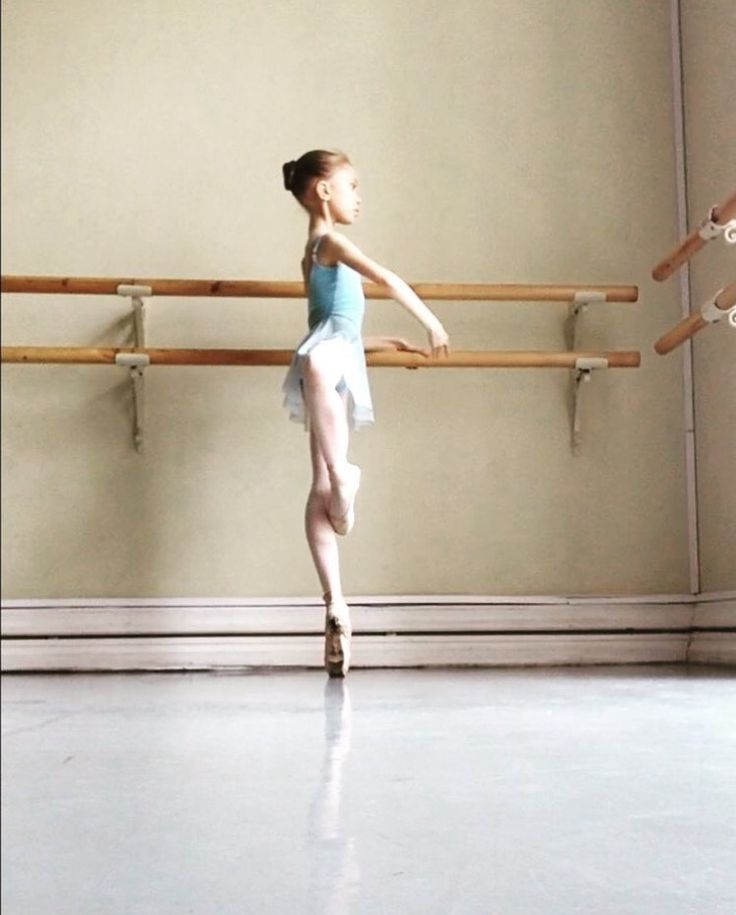 .. Thank you, I read it. Such a frost - you won’t take a walk)))
.. Thank you, I read it. Such a frost - you won’t take a walk)))
#39
Marla
It's too early to send your daughter to ballet, not earlier than 6, given that she will have the data for this. The best height for a ballerina is 165-175, not higher.
And again, depending on what the author wants his daughter to do ballet for.
If just like that, then even the parameters there are insignificant.
If professionally, then everyone will look, and the ratio of the chest in relation to the legs, and the size of the head, and the turn of the foot. Here, not so much growth is already important, how much addition. Muscles also play their role, in ballet they are thin and long.
New topics
-
Does it make sense to go to the cadet class?
No answers
-
Disappeared and showed up
No answers
-
Tachycardia.
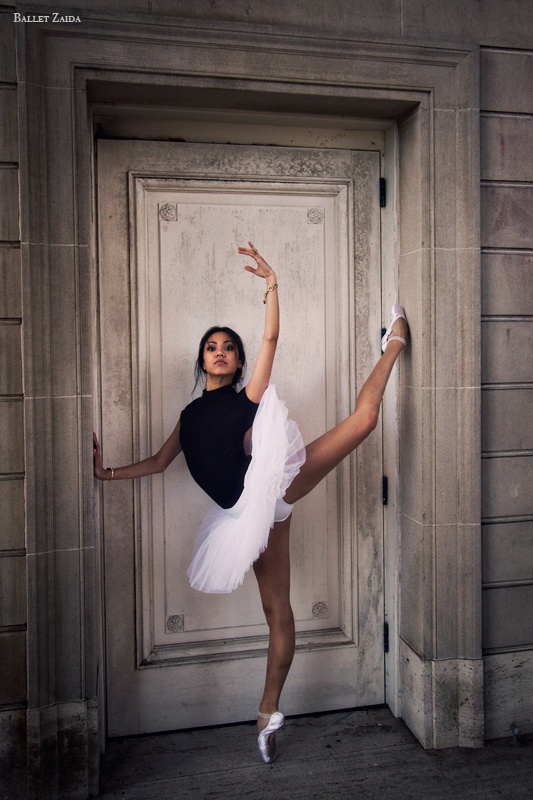 Health
Health No answers
-
Compulsory maintenance and their amount
5 answers
-
To visit or not?
3 answers
#40
#41
early daughter to ballet, not earlier than 6 must be given, when accounting She will have the information to do so. The best height for a ballerina is 165-175, not higher. 18 January 2014
If just like that, then even the parameters there are insignificant.
If it's professional, then everyone will look, and the ratio of the chest in relation to the legs, and the size of the head, and the turn of the foot. Here, not so much growth is already important, how much addition. Muscles also play their role, in ballet they are thin and long.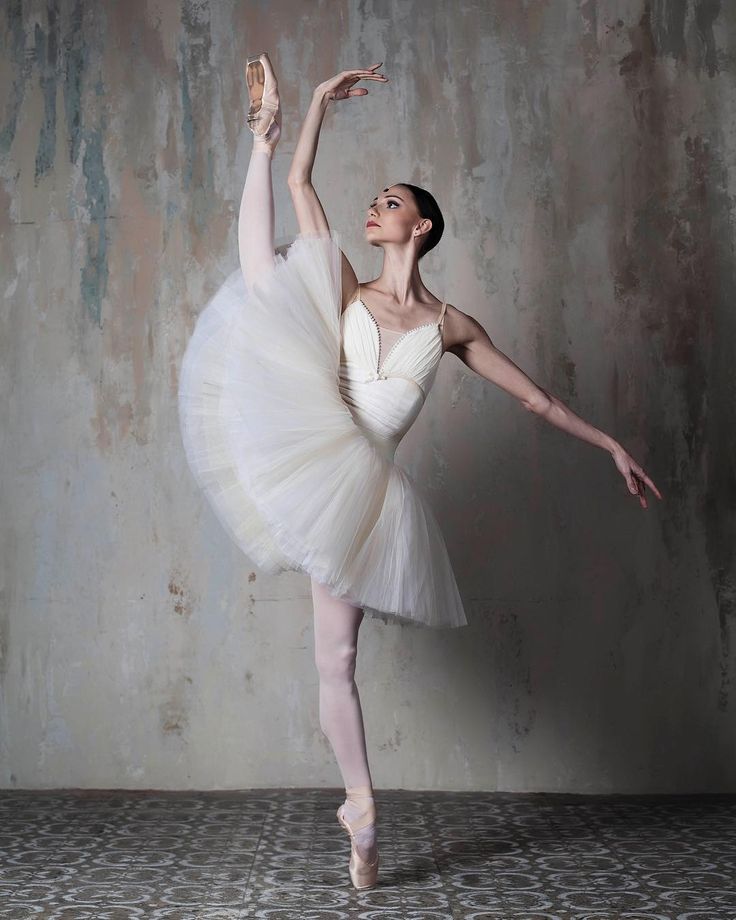
In my time, they didn’t take them without data ... right now, they probably take everyone in a row for loot))) yeah, I’m like that - thin and sonorous, though my breasts are big))))
#43
guest
Height of about 170-175 is now considered average among ballerinas. But besides this, many other factors must be taken into account - flexibility, endurance, coordination, musicality, etc. Even if the child has all the data for ballet, you need to remember that ballet is hellish work, and only a few become stars. If the child himself has not yet realized what he wants, then it is better to limit yourself to a dance circle or a sports section.
#44
#45
#48
Another hindrance, even in the cord. select by height
#49
Guest
I think our daughter will be 175-180 cm, the doctor told us during the examination that her height, most likely, will be included in this range.Too high for ballet?
Guessing about growth by appearance))
To know how tall a child will be, at a certain age, tests for hormones are taken, and an X-ray of the hand is taken - this is a minimum of data that looks at how the child's skeleton will grow.
Everything else is empty talk.
I wrote to you above, not only height is important for ballet. Kondaurova has 177, and she is the prima of the Mariinsky.
#50
Guest
What a hindrance, even in the cord. even Volochkova with her, according to various sources, 167-171 cm was considered "grenadier growth.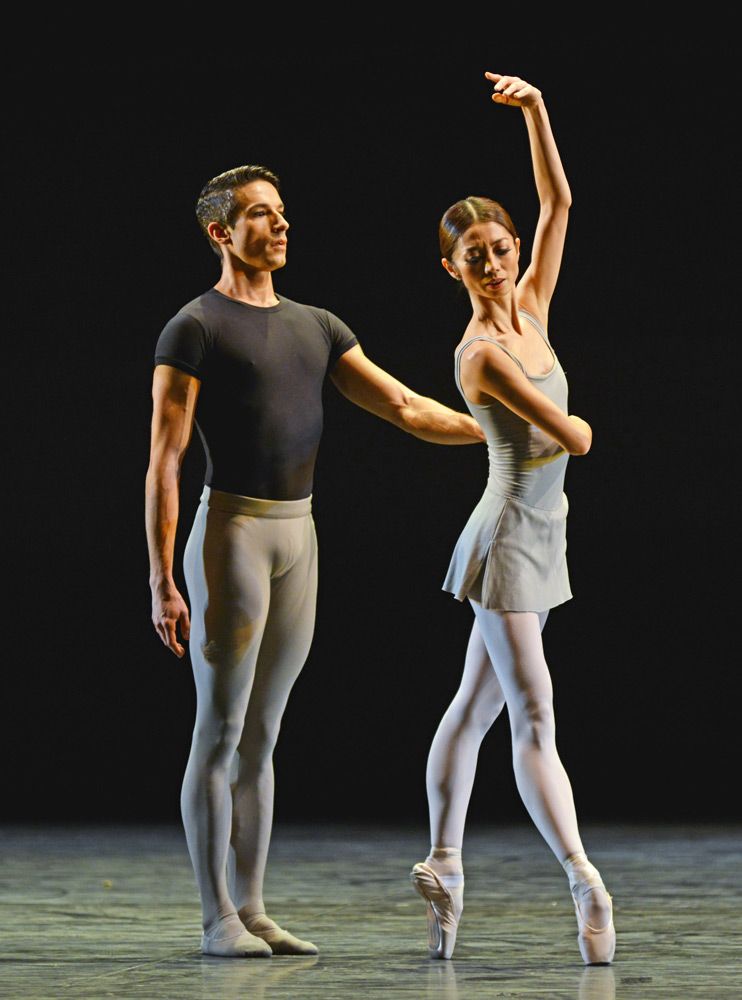 "
"
There are no ideal parameters. Ballerina about her profession and beauty standards
Light, airy and beautiful - usually the spectators describe ballerina performances with such words. At the same time, few people know that dozens of hours of work in the rehearsal room, as well as pain, blood, sweat and tears, stand behind the seeming ease.
Prima ballerina of the Musical Theater Yekaterina Zhigalova, on the eve of her debut in the ballet A Thousand and One Nights (12+), told Omsk Here about the benefits of choreography, injuries and standards of ballet beauty.
- Where to study to become a ballerina?
- You can start with children's ballet studios. Such, for example, is located in the Omsk Musical Theatre, girls are accepted there from the age of 6. Having basic skills at the age of 10, you can enter ballet schools, where they study until the age of 17-18. There, students live in special hostels, combining school lessons with ballet classes.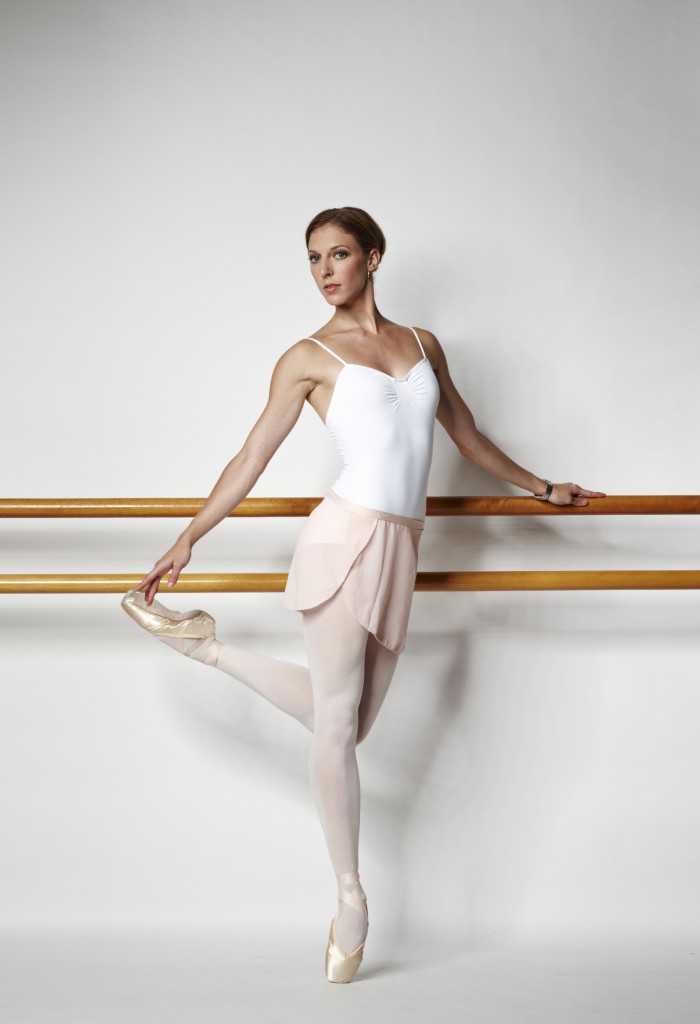 Many strive to get a higher education, so after college they enter the institutes of culture and the conservatory, the academies in Novosibirsk, Krasnoyarsk, St. Petersburg, Moscow and other cities, where they receive a diploma as a teacher-tutor or choreographer-director.
Many strive to get a higher education, so after college they enter the institutes of culture and the conservatory, the academies in Novosibirsk, Krasnoyarsk, St. Petersburg, Moscow and other cities, where they receive a diploma as a teacher-tutor or choreographer-director.
- How is the nutrition of students in choreographic schools monitored?
- For this there is a special table with the ratio of the height and weight of the student. In the school, the nutrition of children is varied, but if a ballerina has problems with weight, she must limit herself in order to be in shape. For example, with a height of 170 cm, a girl should not weigh more than 50 kg. Someone subtracts 120 from height to get the correct weight, someone 122.
Weight restrictions are also necessary because duet dance begins at the courses, and the load on the partner’s not yet strengthened skeleton is strictly controlled: they cannot be lifted ballerina weighing more than 50 kg.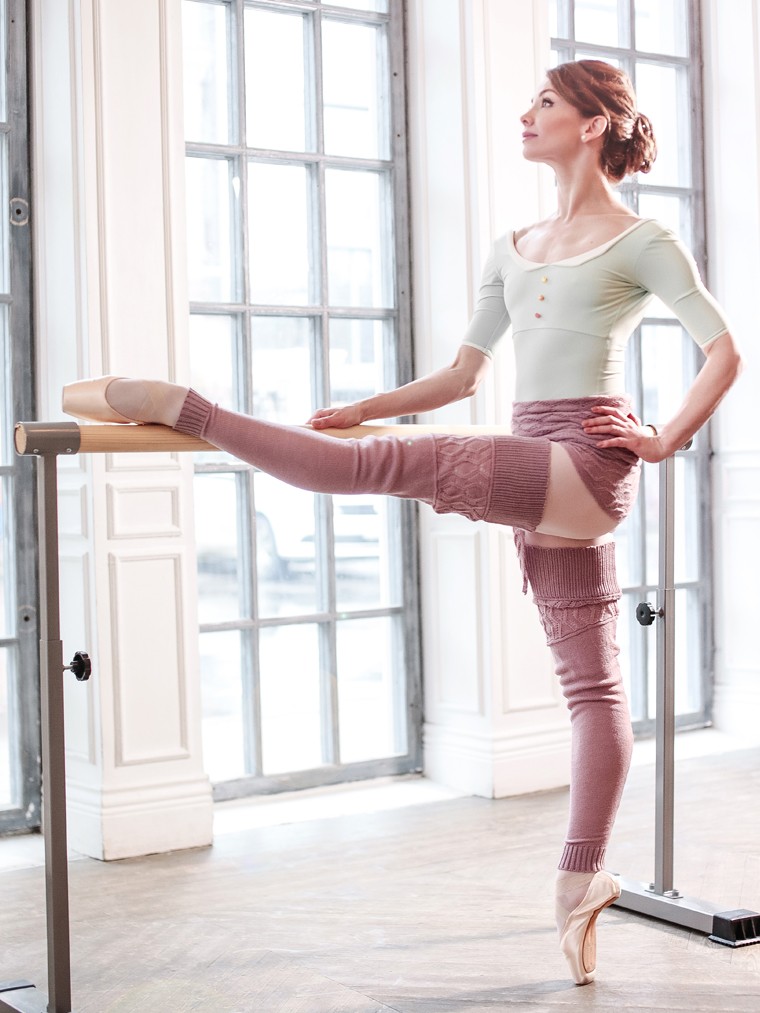 Because of this, tall girls can have problems.
Because of this, tall girls can have problems.
- Is it hard to keep fit?
- I don't follow any diets, and my diet is always different. But if I can skip lunch, then I will never miss an evening meal that is sure to end with a sweet dessert.
- Tell us about your regular daily routine.
- In the morning we have classical dance lessons in the theater - a necessary exercise for any ballet dancer. Further schedule is compiled according to the current repertoire.
- What are the benefits of choreography for a child?
- First of all, it is useful for general development: musicality, rhythm appear, the muscular frame is formed correctly. In the future, the child may leave ballet for other dances or sports, but he will already have a certain physical fitness. Even if a child does not go further into this profession, he will know from childhood that there is such an art form as ballet, and, perhaps, will be interested in culture in the future.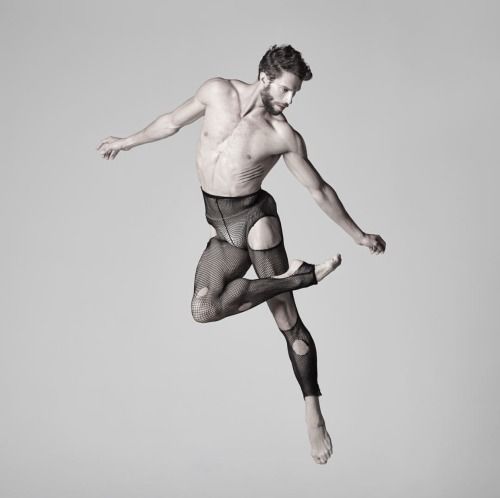 The child needs to be occupied and developed so that he does not sit for days on social networks, but joins art.
The child needs to be occupied and developed so that he does not sit for days on social networks, but joins art.
I have been in ballet since the age of 5, but I can tell by myself that this is an unconscious age to start classes. Now there are private schools where children are brought at 3-4 years old. I don’t really understand this, because the children are still very young and do not fully understand what is required of them. Of course, they are not forced to do batman tandyu, they do exercises for coordination, rhythm. For professional ballet classes, a child must be brought to the group no earlier than 7 years old.
- Is there competition among ballet dancers?
- There is and should be competition, because each artist needs personal growth, and such a competitive moment always spurs on. Only not with envy and malice, but with interest. I think that going to performances is very useful, not only for my colleagues, but also for performances of other genres, theaters, where, believe me, there is a lot to learn.
- What is the reason for the gender bias towards women in ballet?
- Initially, this art was female, and the dancer was just a partner for the ballerina. Now, in addition to the classical traditional repertoire, there are many modern productions in theaters, where a man and a woman come out on an equal footing, both have solo parts. But, despite this, there are really fewer men in the profession. Perhaps this is due to the fact that ballet, as many believe, is not a completely masculine art form, that it is more suitable for girls. People have a stereotype that a boy should go in for swimming, hockey, choose more brutal activities. I fundamentally disagree with this. If a man has a beautiful body and moves great, why not show it on stage? People who are not familiar with the backstage, do not know what is happening in the rehearsal class, do not imagine that this is the hardest work. How many times you need to repeat the movements to achieve this ease, no one sees.
- What are the current beauty standards in the ballet world?
- Shorter, stockier dancers used to be in demand, but the standards have since changed. Perhaps the first in this regard was Anna Pavlova, who, in comparison with her peers at the school, was tall and thin. Now there are no certain parameters and standards that would be ideal - both tall and small ballerinas are needed. For example, in the ballet "Swan Lake" there is a dance of small and large swans, and for this, girls of different builds are needed. Along with this, there are ballet companies that recruit dancers with a height of at least 170 cm for women and 185 cm for men. This is done so that the team during the performance looked more harmonious and impressive.
- Is it true that dancers often get injured and their body wears out faster due to high loads?
- It all depends on this very load throughout the career - how regular it was, how often and what kind of injuries were.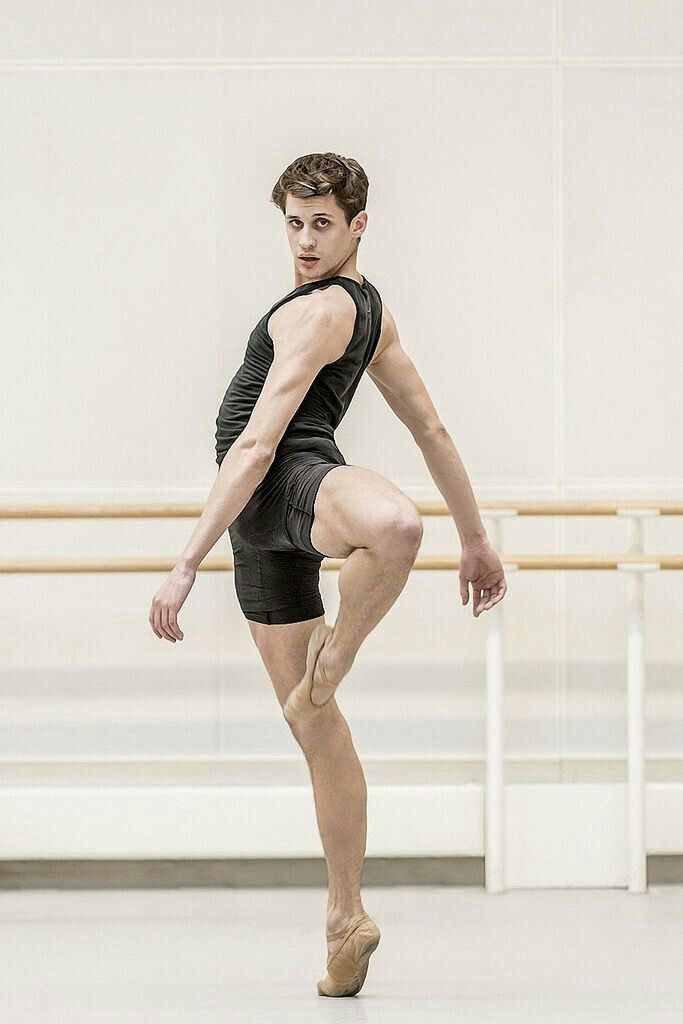 All ballet dancers have their own methods of recovery: swimming pool, bath, sauna, massage. Sometimes it happens that you wave your hand, they say, it will hurt and stop, but in fact, even a small injury can develop into a serious illness. Therefore, ballet dancers need to take care of their health, because the body is an instrument.
All ballet dancers have their own methods of recovery: swimming pool, bath, sauna, massage. Sometimes it happens that you wave your hand, they say, it will hurt and stop, but in fact, even a small injury can develop into a serious illness. Therefore, ballet dancers need to take care of their health, because the body is an instrument.
- How does a ballerina relax?
- After work, I prefer to take a walk in the fresh air, then have dinner and be sure to read before going to bed. I rarely go to the cinema, because I prefer the theater. The theater is a living organism, the same performance is never the same, it is always something else, and in the cinema you can do a thousand takes, and all the magic is lost for me personally. And worthwhile pictures come out not so often, just a few times a year.
- What do ballerinas do when they retire?
- The dance age is not long - ballerinas retire after 20 years of experience. If a ballerina stops dancing, she often goes to work as a tutor in the theater - she works with dancers, participates in staging new performances.